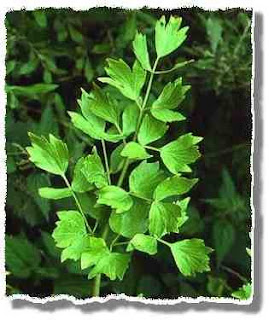This is a common symptom of chronic hepatitis, especially if there are problems in the gall bladder, such as gallstones or inflammation. The liver parenchyma itself has no sensation, but the liver membrane, which forms a capsule covering the actual liver, is sensitive. When the liver becomes inflamed, conditions such as blood congestion, cell swelling (liver), increased secretion and retention of bile, and liver cell necrosis all increase the pressure to the liver membrane. This in turn causes the dull pain or discomfort in the liver area. During palpation, this area will also feel tender.
The gallbladder is actually the more frequent the cause of this symptom since anatomically, gallbladder is literally "buried" in the lower surface of the liver. The gallbladder is sensitive to inflammation, pressure, and chemical stimulation, and can cause cramping, burning, and pricking pain. Since about 50% of chronic hepatitis patients have gallbladder problems, pain that originates in the gallbladder are often mistaken as liver pain. In order to find out whether the problem is in the gallbladder, an ultrasound examination may be necessary. If inflammation or small gallstones (less than 2 cm in diameter) are causing the gall bladder pain, herbal treatment can control the inflammation, expel the stones, and release the pain. If the gallstones are large, then surgery may be needed to remove the stone(s) or the entire gall bladder. This pain is usually more obvious during acute episodes of chronic hepatitis.
Once the inflammation activities have been brought under controlled, the pain in the area should be reduced dramatically or be completely eliminated. However, sometimes sensations of pain will continue to exist even when the causes in the liver or gallbladder are controlled. Pain triggers in the brain may cause this phenomenon after a case of long-term chronic pain.
